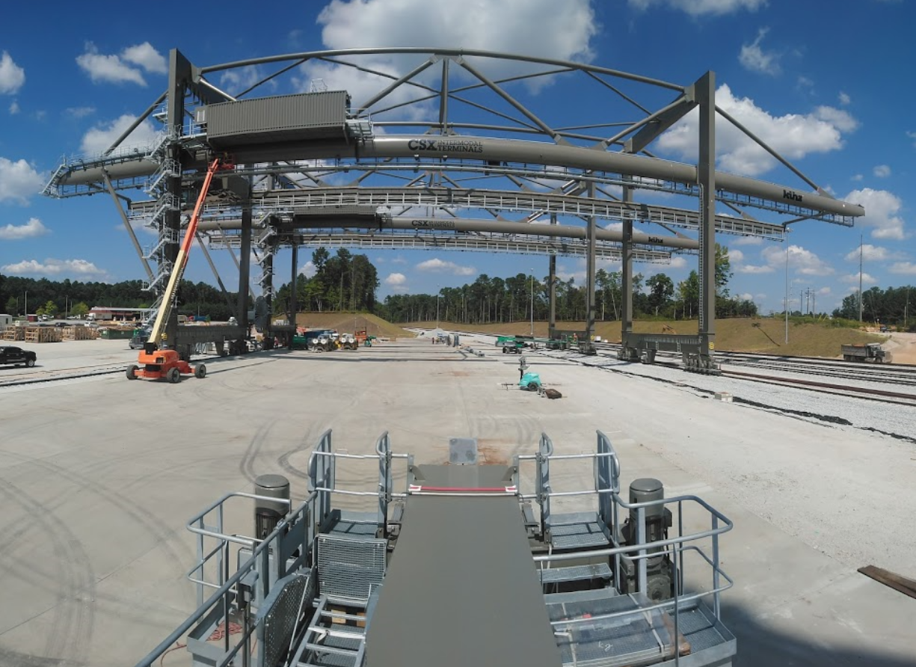26 Aug 2024
Is Your Industrial Site Rail Ready?


When considering a location for industrial development, one critical factor that can significantly impact logistics and operational efficiency is whether the site is rail-served or rail-adjacent. Understanding the distinction between the two is vital when considering a site for a new business. Let’s take a closer look at what it means for a site to be rail-served or rail-adjacent and their implications.
A rail-served site has a direct rail connection, meaning there is an active rail spur that directly connects the site to the main rail line. Direct rail access means goods can cost-effectively be loaded and unloaded directly on-site, reducing the need for additional transportation steps and handling. This can significantly lower transportation costs and improve supply chain efficiency.
A rail-adjacent site, on the other hand, is located next to a rail line but does not have a direct rail spur connection.
To achieve rail-served status, the site must meet specific infrastructure requirements, including having a rail spur constructed to connect to the main rail line. The design and construction of a rail spur can be complex and costly, with costs ranging from $600,000 to over $1,000,000, depending on the site’s characteristics and the required modifications. Engaging a civil engineer is crucial to ensure the site’s design aligns with the rail provider’s standards. The design should be reviewed at 30% and 60% design completion stages.
Factors like the rail’s curvature, elevation differences, and the feasibility of constructing a switch must be considered.
Why is it essential to reach out to your Class 1 rail provider or short-line provider early in the planning process? Rail providers may have specific requirements, such as a minimum volume of goods that need to be transported to justify the addition of a switch.

In some cases, utilizing intermodal or inland port facilities can be a viable solution. These facilities allow for the transfer of goods between different modes of transportation, such as trucks and trains, providing flexibility and efficiency.
When marketing a site or planning for development, it’s crucial to note the difference between rail-served and rail-adjacent. A rail-served site offers direct, immediate benefits in terms of transportation efficiency and cost savings. In contrast, a rail-adjacent site comes with higher initial infrastructure costs and complexity and may require additional logistical planning and coordination.
Rail lines are often associated with larger industries, making rail-served sites a strategic choice for businesses in sectors like manufacturing, mining, or large-scale distribution. Sites adjacent to rail lines may require upgraded road crossings with signalization, which can take up to two years to complete after an agreement is signed; therefore, planning is crucial.
In either case, early consultation with rail providers and civil engineers, thorough planning, knowing timeline factors, and understanding the specific needs of your prospect are essential steps to ensure that your site meets their transportation and logistical requirements. By carefully evaluating these factors, businesses can make informed decisions that align with their operational goals and long-term strategies.
So, which is it? Is your industrial site Rail Served or Rail Adjacent?


If you want to learn more about rail access or you’re looking for a rail site, please contact our Industrial Development Team.
